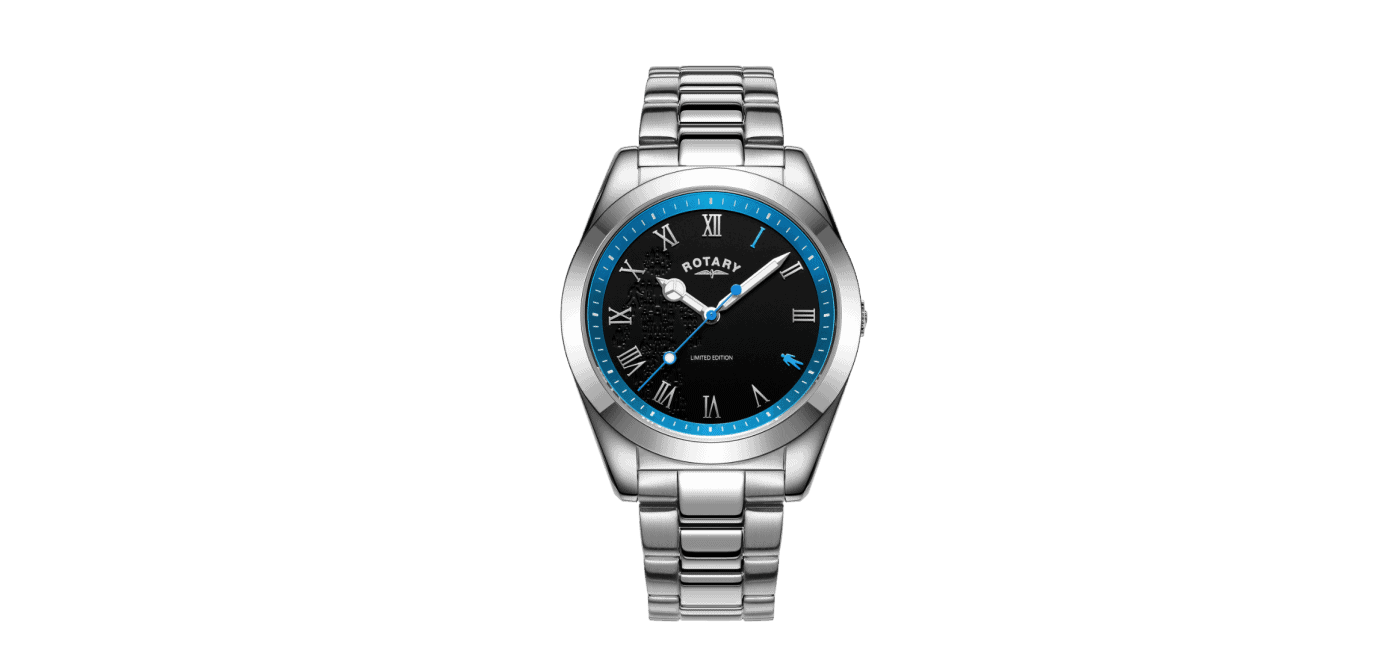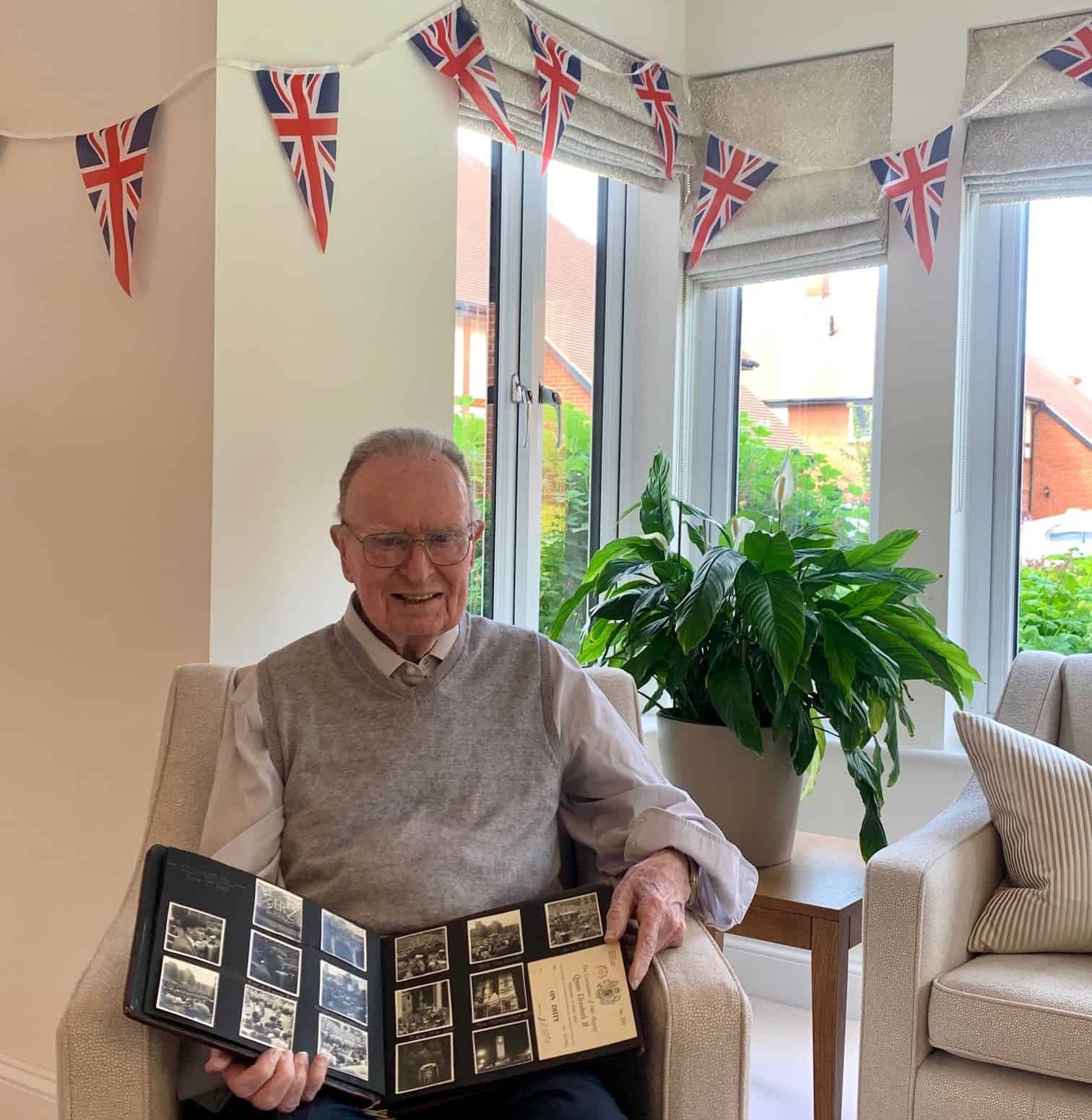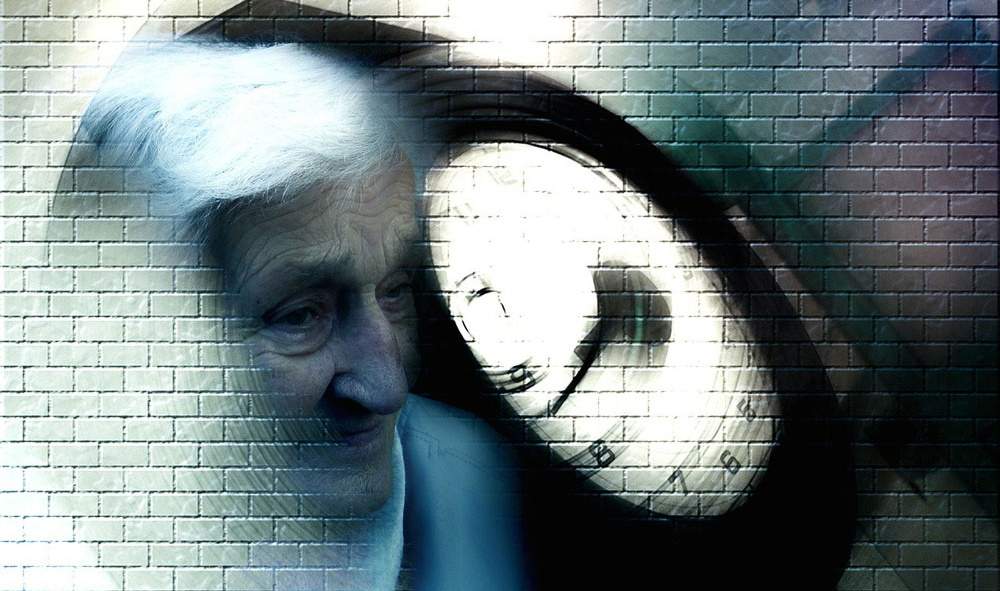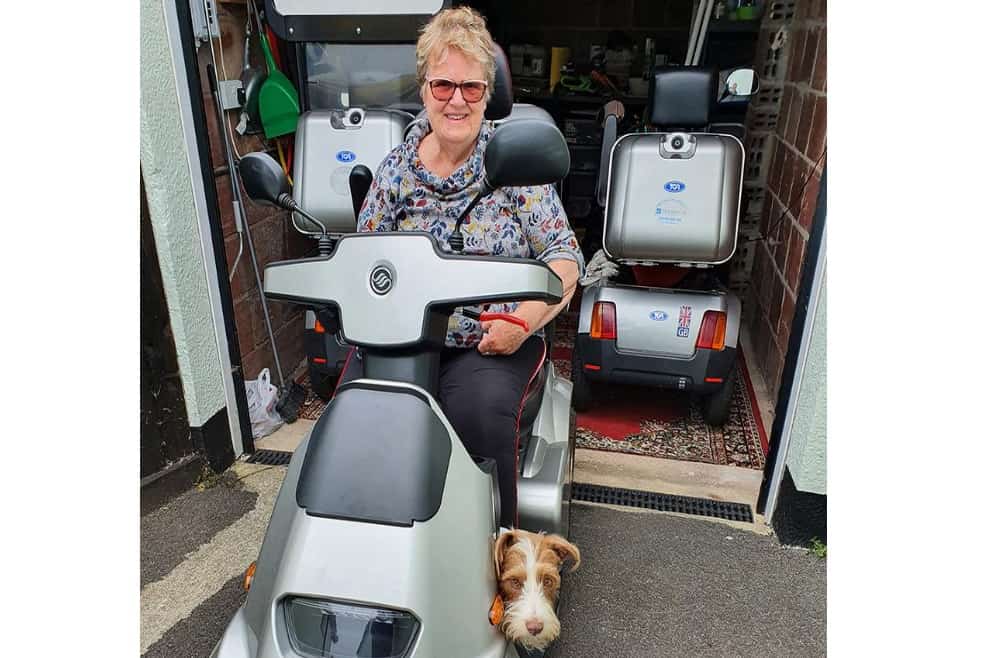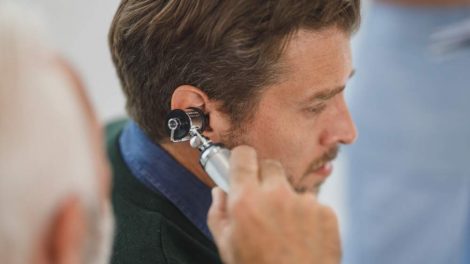In the study, the scientists reveal that some people have a version of a gene, called OAS1, that potently inhibits SARS-CoV-2.
Hearing Loss that comes with Ageing
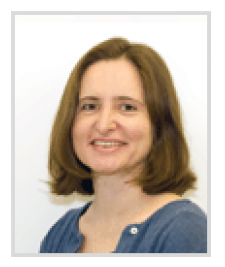
In 2005, The RNID (a charitable organisation working on behalf of the UK's deaf and hard of hearing people) concluded that 9 million UK residents suffer from some type of hearing impairment with most suffering from mild to moderate hearing loss. Out of the 9 million, 6.5 million are over the age of 60 years old. This makes hearing loss far more common in the UK compared to what many people perhaps suspects and therefore deserves more attention.
Despite tremendous research which is carried out as we speak, in particular in the field of stem cell research, most types of hearing loss are irreversible and can only be helped by modern amplified technology. This means that once the hearing loss has occurred, the body is unable on its own to bring the hearing levels to normal. Individuals can either seek technological solutions or ‘live with it’ thereby risking reduced quality of life.
How We Hear - What we simplify as ‘sound’ is in fact vibrations in the ear. Waves of 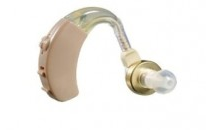 different frequencies are captured within the inner ear by tiny hair cells. Using the hearing nerve, the information is passed from the hair cells to the brain to be quickly translated into meaningful information. The hair cells will become damaged or die as the body matures, which is called ‘age related hearing loss’, but also due to harmful and traumatic noise, which is described as ‘noise induced hearing loss’. Unlike certain species of animals like birds for example, the human body is unable to regrow the missing hair cells and therefore the hearing loss is of a permanent nature. Signs of age related hearing loss due to natural hair cell damage can show as prematurely as in a person’s 40s, although the vast majority of people with age-related hearing loss are over 65.
different frequencies are captured within the inner ear by tiny hair cells. Using the hearing nerve, the information is passed from the hair cells to the brain to be quickly translated into meaningful information. The hair cells will become damaged or die as the body matures, which is called ‘age related hearing loss’, but also due to harmful and traumatic noise, which is described as ‘noise induced hearing loss’. Unlike certain species of animals like birds for example, the human body is unable to regrow the missing hair cells and therefore the hearing loss is of a permanent nature. Signs of age related hearing loss due to natural hair cell damage can show as prematurely as in a person’s 40s, although the vast majority of people with age-related hearing loss are over 65.
Hearing Loss Signs - Common signs of age related hearing loss include struggling to hear 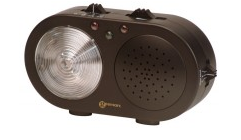 within background noise, inability to hear, or confusion over high-pitched speech sounds such as “s” and “th”, feeling exhausted after conversations. The level of hearing loss will vary between people based on contributing factors from exposure to noise over the years (noise induced hearing loss) to smoking and even to family history.
within background noise, inability to hear, or confusion over high-pitched speech sounds such as “s” and “th”, feeling exhausted after conversations. The level of hearing loss will vary between people based on contributing factors from exposure to noise over the years (noise induced hearing loss) to smoking and even to family history.
Taking Action - The solution which is offered by hearing health-care providers includes a number of aids often referred to as Assistive Listening Devices or ALDS. Their goal is to help the hearing impaired overcome their hearing loss by providing amplified aids to be used in daily situations.
Hearing aids - available privately or via the NHS, hearing aids are the most popular group of ALDS. These micro engineered marvels can amplify external sound and are useful in almost any situation. They work by replacing the work of damaged hair cells within the human ear.
Amplified telephones - telephones are by far the most popular communication tool and one 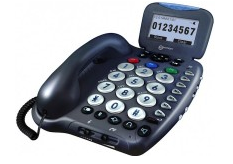 which a hearing impaired person will struggle to use. Often the ringer is not loud enough or the sound of the person on the other line is not clear or loud enough. Amplified telephones overcome these limitations by including typical amplification levels of up to 50dB (against 8dB or 10dB for a standard telephone) and adjustable receiving tone control. These are available in landline and mobile forms.
which a hearing impaired person will struggle to use. Often the ringer is not loud enough or the sound of the person on the other line is not clear or loud enough. Amplified telephones overcome these limitations by including typical amplification levels of up to 50dB (against 8dB or 10dB for a standard telephone) and adjustable receiving tone control. These are available in landline and mobile forms.
Extra loud alarm clocks - ALDs include a number of loud alarm clocks which are loud, vibrating and some even include flashing lights to give you a complete sensory wake up call. These are so effective that they are used by the hard of hearing but also by many a deep sleeper. They include alarm clocks and doorbells, some are even hearing aid compatible.
If you suspect that you suffer from hearing loss, talk to your local GP or health centre to get your hearing checked. It is important to investigate the reason for your hearing loss, so you are given the best possible solutions.
Information written by Joan McKechnie BSc Hons Audiology & Speech Pathology.
Joan works for UK based HearingDirect.com
© Hearing Direct Jan 2014
Health Matters
Professional footballer reveals how to boost your immunity during the colder months
Salutaris People warned that it was too early for airline passengers to be able to travel mask-free while the UK was still in the height of its...
“Our research shows that survivors of COVID-19 experienced long-term symptoms, including a new disability, increased breathlessness, and a reduced...
Lockdown detox consume lots of tryptophan—an amino acid that converts into serotonin—and vitamin B6. Try adding tryptophan rich foods such as tofu...
Ear wax removal is not listed as a core NHS service unless it is associated with hearing loss but there are private clinics that specialise in ear...


